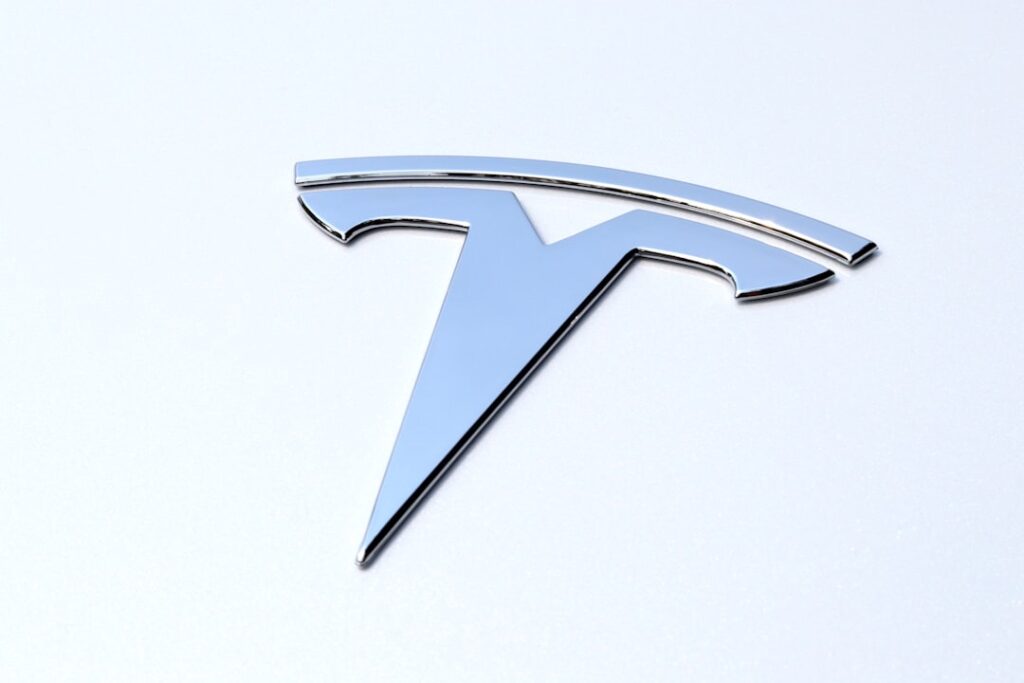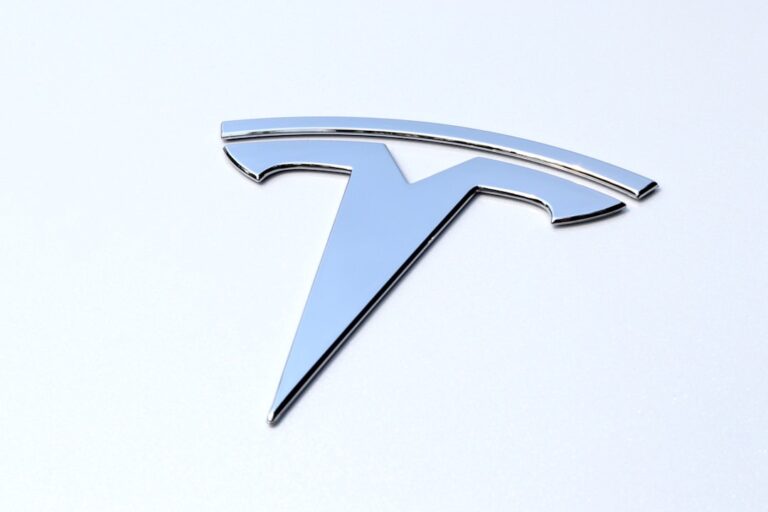
We recently published a list of Top 10 Stocks Analysts are Watching as AI Selloff Deepens. In this article, we are going to take a look at where Tesla Inc (NASDAQ:TSLA) stands against other top stocks analysts are watching as AI selloff deepens. Major AI stocks are struggling to gain traction as investors rethink their […]
